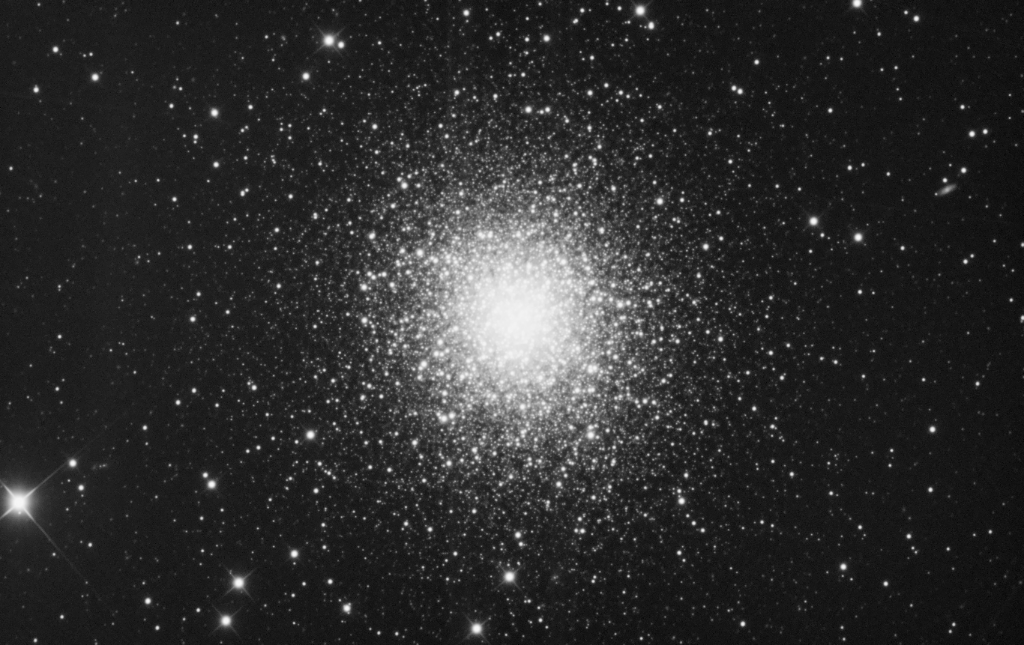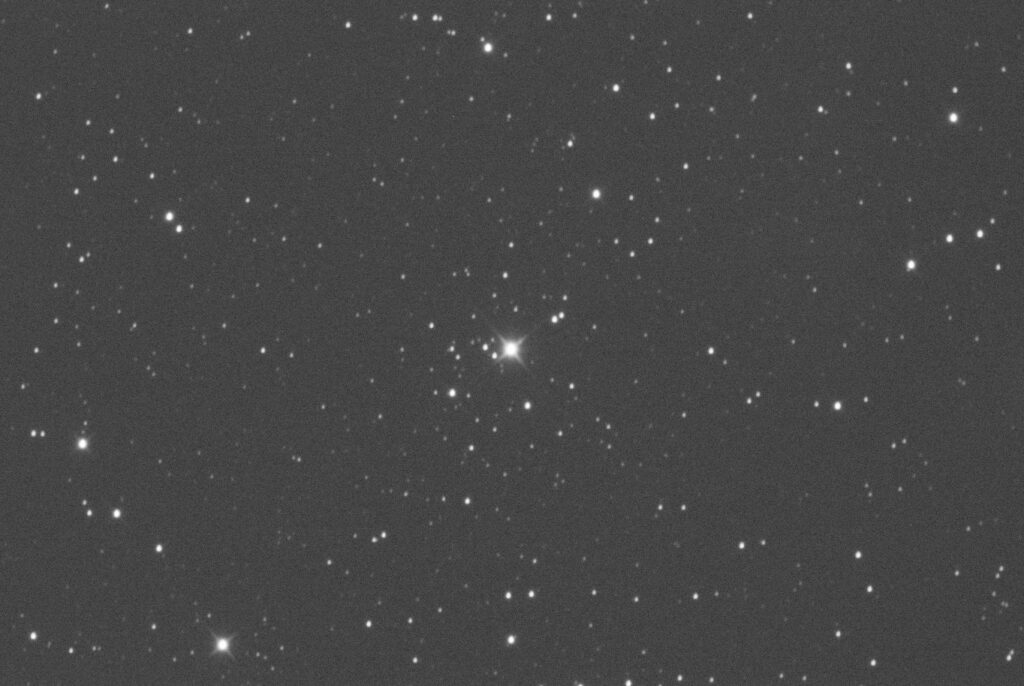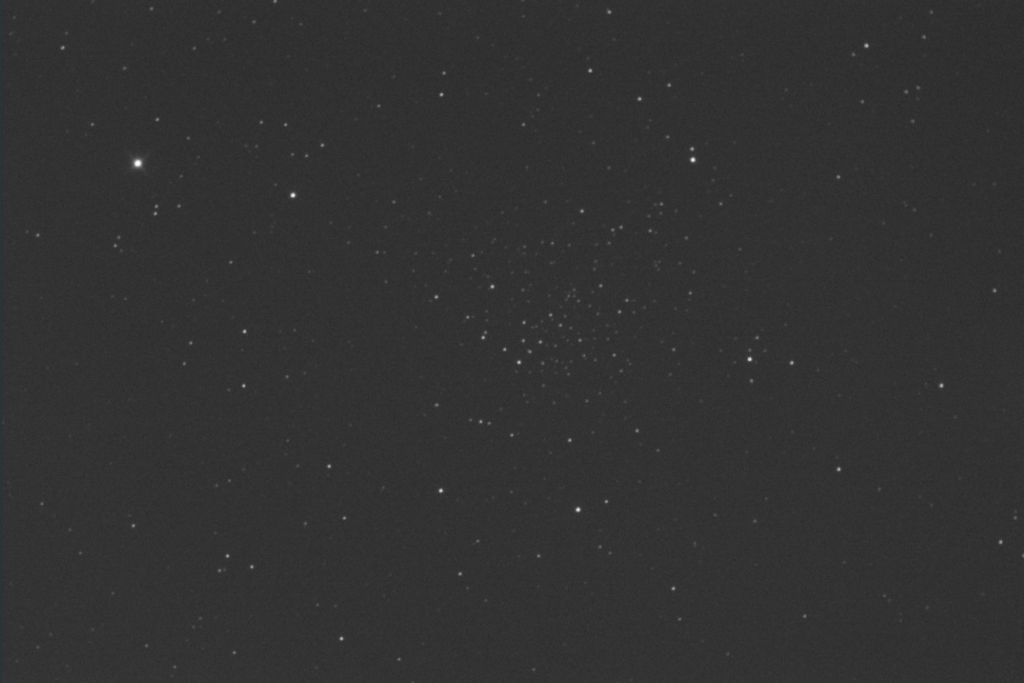It looks like completion of the new observatory happened at just the right time. While I’m writing this in July – and the weather at the moment has been awful by the way – first light took place in early June, where like the Spring of 2020, we had a run of about six weeks of clear sky nights. This run was so consistent that you didn’t really need to look at a weather forecast for that evening as you knew it was going to be clear. While conditions before midnight were not perfect, they were more than good enough to break in a new installation and not waste perfect conditions doing testing.
The RC has always been at its best with the TS focal reducer fitted. This brings the FR down to a very workable f/5.3, so it really was a no brainer not to fit it from the get-go.
Session Data
- Date: 04/06/2023
- Time: 23:20 – 03:44 UT
- Seeing: I Perfectly stable
- Transparency: Clear with slight haze
- Temp: 13.6C,
- Air Pressure: 1024mb,
- Humidity: 77%,
- Dew Point: 13.3C,
- Wind Speed: 5mph
- SQM: 18.4
Scope: Altair 250mm RC f/5.3 Camera: ZWO ASI 183MM Pro, No filter, Dark subtracted and Flat fielded.
Session Notes: Setting up Hocus Focus in NINA. A quick 2 min sub of the Ring Nebula showed teardrop stars. Started to panic as nothing like this has been observed in earlier testing. I eventually tracked this down to the fact that I had changed the battery in the scopes handset, which reset all the defaults to the encoders not being activated. Did 40 x 120 sec subs of M13 to check the focus routine and see what this object will look like when given 80 mins of exposure. Took flats and flat darks. Then a bit of EAA on Collinder 419 and 423 , just to see what this looked like through a camera and compared this observation with visual ones made previously. Packed up at 4:05 GMT
NGC6205, M13

A run of 40 x 120 second subs to test the unguided mount with encoders turned on. Gain: 100 Offset: 50 Conditions deteriorating during the run going from HFR 4.03 at the start to 4.50 at the end with a poor peak at 4.92 Three images were dropped as the meridian flip failed. This is the result of the best 30 x 120 sec subs. There was no background gradient at all, so all that been done on this is to reduce the background noise using Russell Cromans excent Noise Exterminator plug-in for PI and into Affinity to back off the core a little.




The scope had been sitting for 18 months off the mount in my office and with it constantly being moved around, I expected that the collimation would be wildly off when put back into action. Not a bit of it. Above are some crops of all four corners. Only the top right looks as though it’s a little off, but PI is reporting an eccentricity of 0.43 which apparently is not far short of any eccentricity being unnoticeable.
I’ll do a collimation star check next clear night, but this looks pretty good to me.
With that done, I tried a little EAA.
Collinder 419

With North to the Right at 84 degrees and a 1 second exposure I see what looks like a pentagon with the bright 7th mag star in the centre. Within that boundary are about 17 stars that make up the cluster. To the South of that star are 4 smaller stars that make up a parallelogram asterism.
Collinder 423

Really pretty cluster. In this orientation – North is to the Right -Camera rotation 96 degrees I didn’t see the shapes made in previous visual observations. However, this is a distinctly inverted triangle shape.